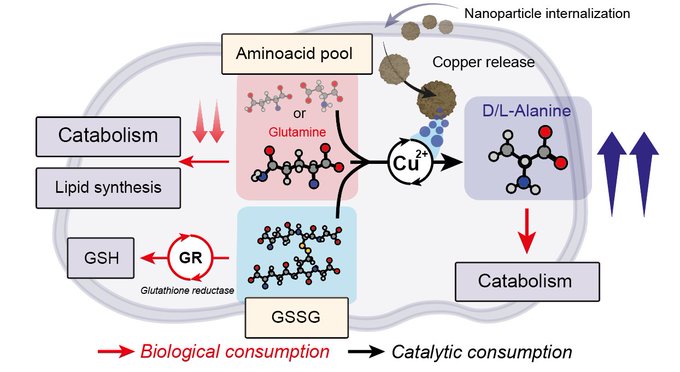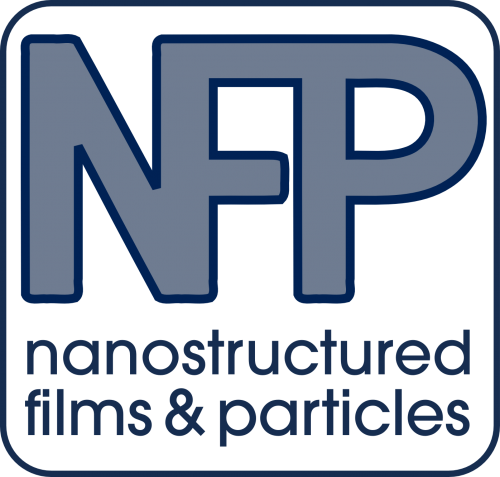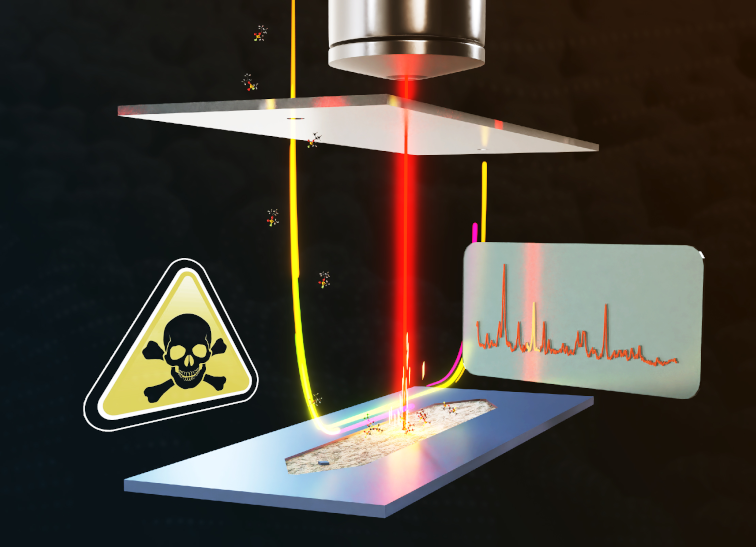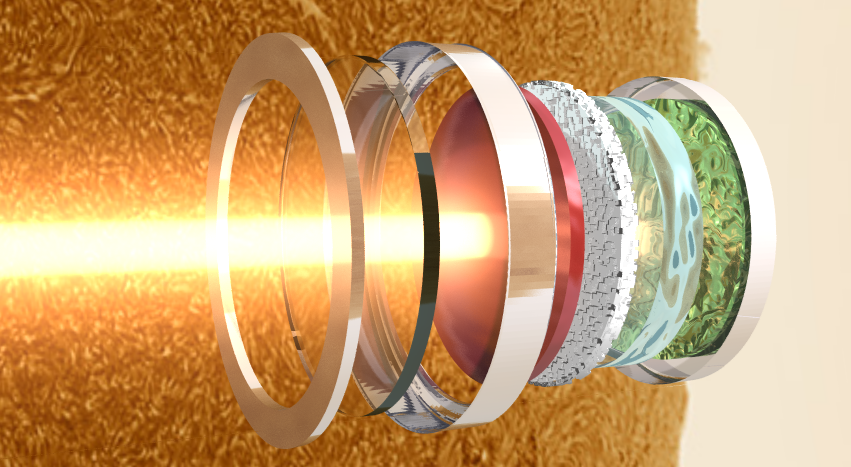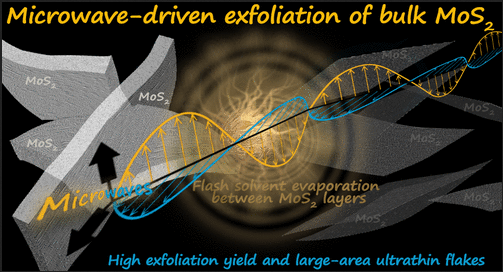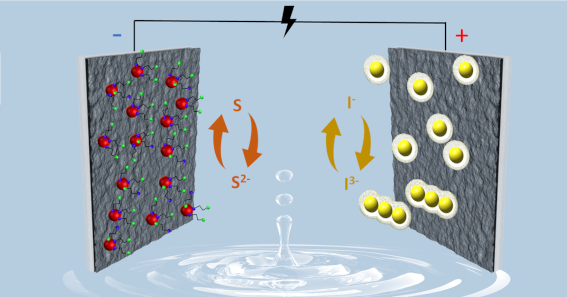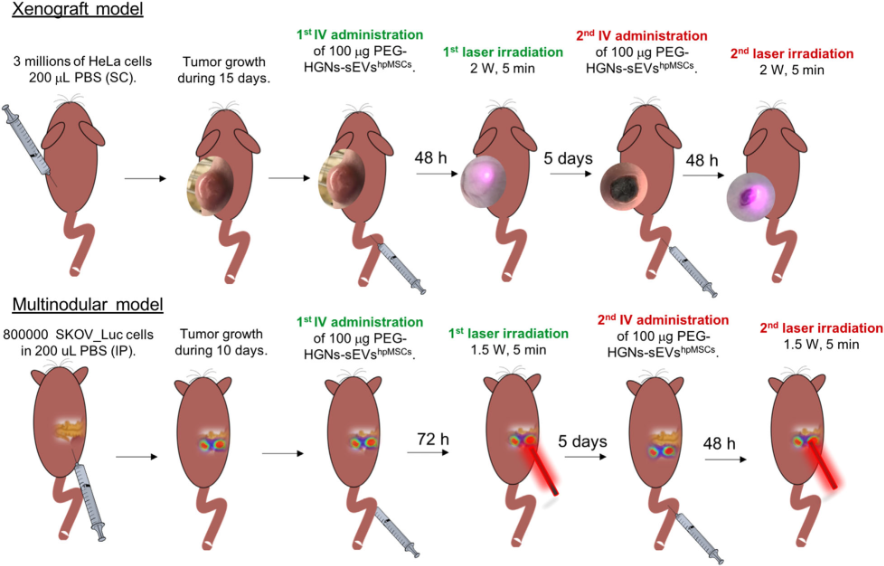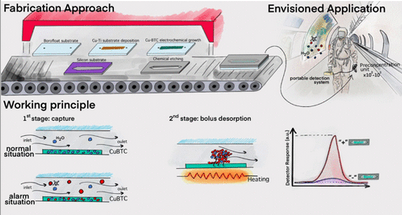Catalytic cancer therapy exploits the tumor microenvironment (TME) to target cancer cells by leveraging molecules already present in the TME. Currently, only a few processes have been explored for cancer therapy, including glucose and glutathione oxidation, generation of reactive oxygen species (ROS), and alleviation of tumor hypoxia. Amino groups, which are abundant in biological environments, […]
Read More